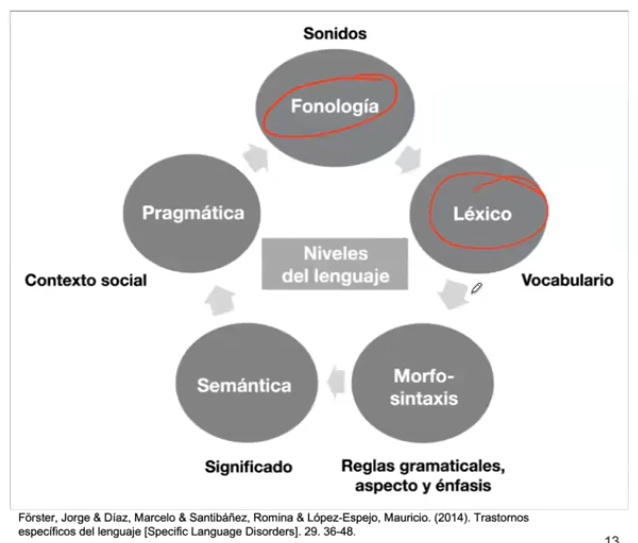Natural Language
Preface
Prerequisites
Learning ethics
Introduction
What is X?
phonetic similarity, transliteration, nicknames, missing spaces or hyphens, titles and honorifics, truncated name components, missing name components, out-of-order name components, initials, names split inconsistently across database fields, same name in multiple languages, semantically similar names, and semantically similar names across language.
2
Named Entity Recognition
Why does X matter to you?
Research
Ecosystem
Standards, jobs, industry, roles, …
- El Iberlef es una campaña de evaluación compartida de los sistemas de procesamiento
del lenguaje natural en español y otras lenguas ibéricas.
- El CLEF consiste en una conferencia sobre una amplia gama de temas en PLN, y un conjunto de laboratorios y talleres diseñados para probar diferentes aspectos de los sistemas de recuperación de información.
- SEMEVAL es una serie de talleres internacionales de investigación de procesamiento del lenguaje natural (PNL) cuya misión es avanzar en el estado actual
de la técnica en el análisis semántico.
Gensim: https://radimrehurek.com/gensim/models/word2vec.html
Spacy: https://spacy.io/
NLTK: https://www.nltk.org/
spaCy
lucene /solr
elastic search
https://stanfordnlp.github.io/CoreNLP/
algolia
General Architecture for Text Engineering
Apache OpenNLP
https://explosion.ai/software#prodigy
Story
FAQ
Worked examples
Fundamental Algorithms
Formal approaches
Regex
Lexers and Parsers
Approximate string matching
https://www.youtube.com/watch?v=s0YSKiFdj8Q
Subsubsection
N-grams
Exercises
- Logic. Mathematics. Code. Automatic Verification such as Lean Proven or Frama-C.
- Languages in Anki.
Projects
Summary
FAQ
Reference Notes
Next steps
References
The dimensions of language
graph TD
Phonology --> Lexer
Lexer --> Parser
Parser --> Semantics
Semantics --> Pragmatic
Pragmatic --> Phonology

arquitectura seq2seq
Evaluation metrics
Parametrics
Speech recognition
Machine translation
References
Speech and Language Processing by Dan Jurafsky and James H. Martin
https://ipfs.io/ipfs/QmdVkKvX5JBSNTWjNBW5LdbPFTT8wLQb1vCJtUzXRppXbg?filename=nlp.pdf
Libro
- Speech and Language Processing: capítulo 6, secciones 3-8: https://web.stanford.edu/~jurafsky/slp3/6.pdf
Artículos
- Paper original de Word2Vec: Efficient Estimation of Word Representations in Vector Space
- Paper donde se discuten los sesgos que pueden existir en los embeddings: Man is to Computer Programmer as Woman is to Homemaker? Debiasing Word Embeddings
@inproceedings{bender-koller-2020-climbing,
title = "Climbing towards {NLU}: {On} Meaning, Form, and Understanding in the Age of Data",
author = "Bender, Emily M. and
Koller, Alexander",
booktitle = "Proceedings of the 58th Annual Meeting of the Association for Computational Linguistics",
month = jul,
year = "2020",
address = "Online",
publisher = "Association for Computational Linguistics",
url = "https://aclanthology.org/2020.acl-main.463",
doi = "10.18653/v1/2020.acl-main.463",
pages = "5185--5198",
abstract = "The success of the large neural language models on many NLP tasks is exciting. However, we find that these successes sometimes lead to hype in which these models are being described as {``}understanding{''} language or capturing {``}meaning{''}. In this position paper, we argue that a system trained only on form has a priori no way to learn meaning. In keeping with the ACL 2020 theme of {``}Taking Stock of Where We{'}ve Been and Where We{'}re Going{''}, we argue that a clear understanding of the distinction between form and meaning will help guide the field towards better science around natural language understanding.",
}
MACTI
https://www.youtube.com/watch?v=D_R3swIzLP0
https://www.youtube.com/watch?v=dCdGFHURx5g
https://www.youtube.com/watch?v=Z6GCalIGnSc
https://www.youtube.com/watch?v=ruiCm5SGtYg
https://www.youtube.com/watch?v=iu3XkI6-RvE
https://drive.google.com/drive/folders/1G6-5yUlqDAKHJX14sZ0L3MeZ6iA4LsHm?usp=sharing
Natural Language for Communication